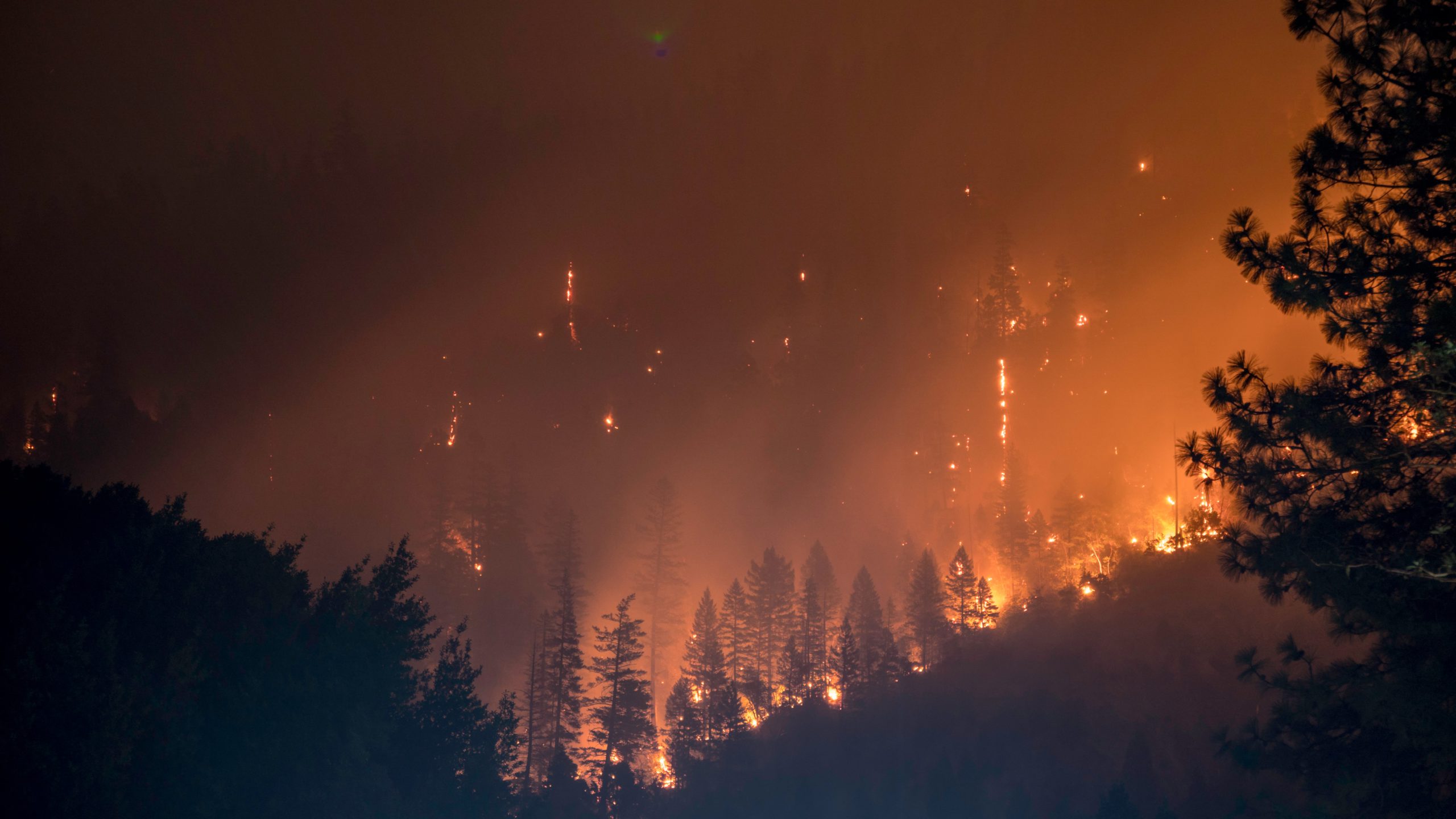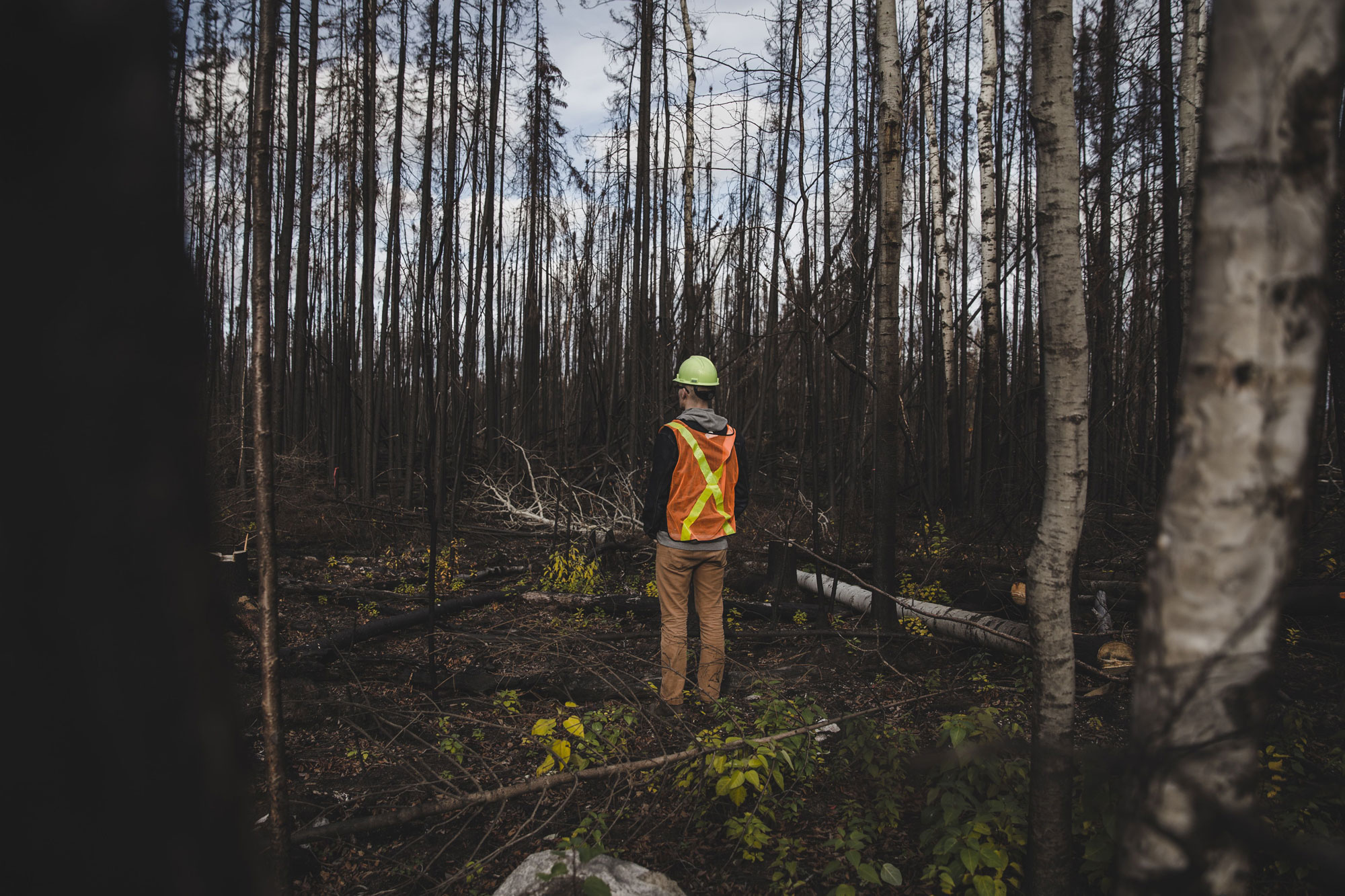Wildfires have burned around the world at an alarming rate in recent years, leaving devastated communities and damaged ecosystems in their wake. While most of these fires are triggered by human activity (nearly 96% of U.S. wildfires in 2022 were caused by humans), climate change is undeniably increasing their likelihood, severity, and duration at a global level.
Wildfires and Climate Change
Although wildfires occur naturally within some ecosystems, rising temperatures, forest degradation, and fragmentation are creating the ideal conditions for catastrophic fires all over our planet.
Warmer-than-average temperatures accelerate moisture evaporation from the ground, drying out the soil and making vegetation more flammable. These tinderbox conditions mean flames can spread quickly and over large areas once a fire is sparked by humans or lightning.

Heatwaves and droughts only intensify these conditions, bringing unpredictable rainfall patterns and longer, more intense fire seasons. As wildfires burn more frequently and aggressively, carbon dioxide and other pollutants are released into the atmosphere, further contributing to and accelerating global warming.
Take Action
Even if a fire ignites naturally, the chances of it creating an intense blaze are much higher today due to climate change. It is our collective responsibility to support the communities and ecosystems impacted by these intense fires, and work to prevent human-caused fires in an ever-warming world. Here are two things you can do to help today.
1. Practice wildfire prevention
Familiarize yourself with the fundamentals of wildfire prevention and always check to see if a fire ban is in effect before heading out into nature. Humans start the majority of fires, and these bans are intended to protect the environment. Check out our guide for tips on preventing wildfires in nature and around your home.
2. Support reforestation efforts
Forests can take decades to recover after severe fires, and some may never recover without intervention. This is where tree planting comes into play. Tree planting helps the landscape recover and regenerate ecosystems by restoring forest cover.
Reforestation helps prevent soil erosion, protects the water quality of rivers and lakes, accelerates the restoration of wildlife habitats, and can create more resilient forests over time. Our planting projects in Elephant Hill, British Columbia, and La Ronge, Saskatchewan, are two great examples of landscapes positively impacted by reforestation following devastating wildfires.

La Ronge, Saskatchewan
Check out One Tree Planted’s Forest Fire Recovery program to directly support ecosystems impacted by forest fires. By donating to One Tree Planted (a vetted tentree planting partner), you can support their work planting trees in areas affected by wildfires, with a current focus on Oregon and British Columbia.
After donating, they’ll send you updates on the specific reforestation project your donation is benefiting from, so you can track the impact your trees are having on the community and environment.
Keep Reading
Smokey Says: All About Smokey Bear
By planting ten trees for every item you purchase, it’s our mission to plant 1 billion trees by 2030. Head to our website to learn more and get 10% off your next purchase.

